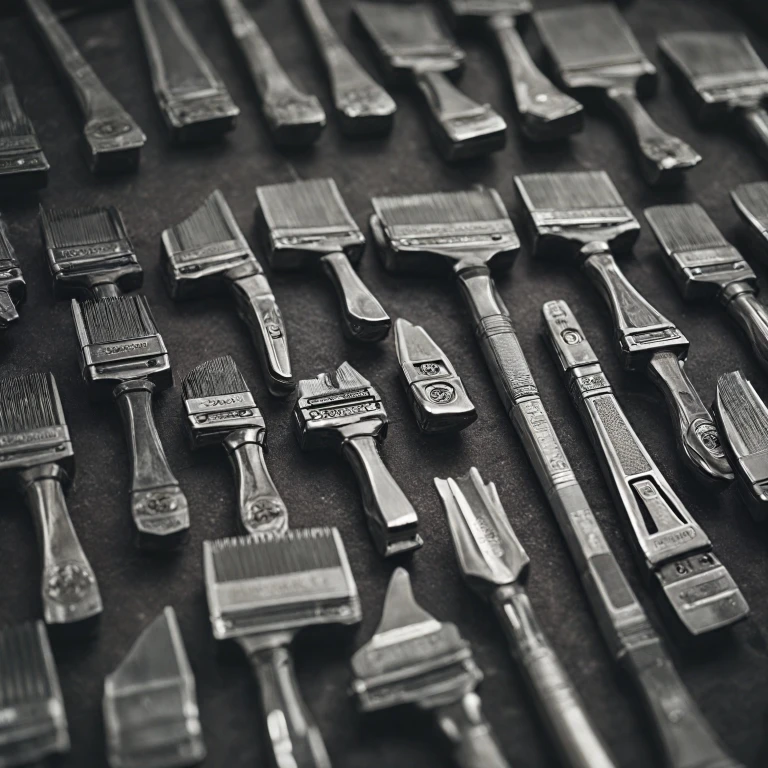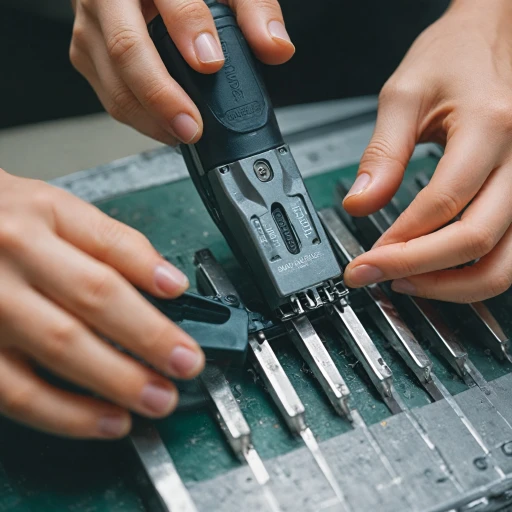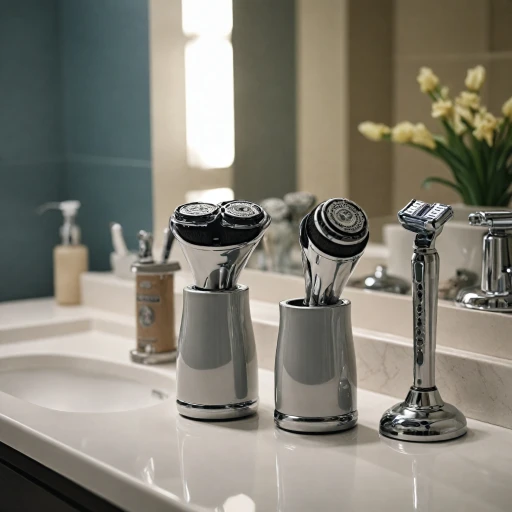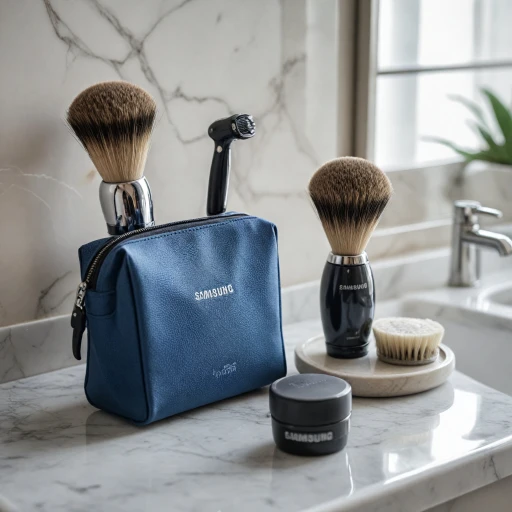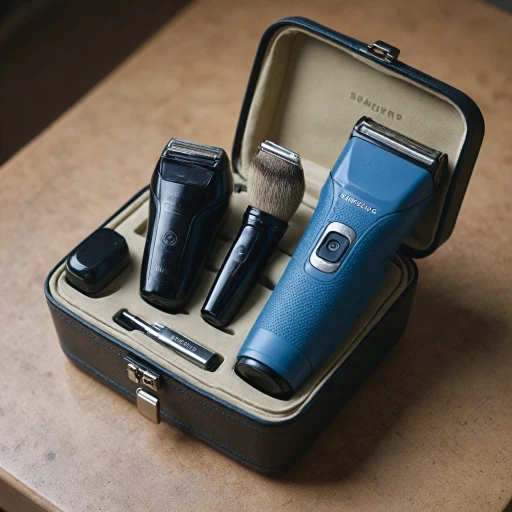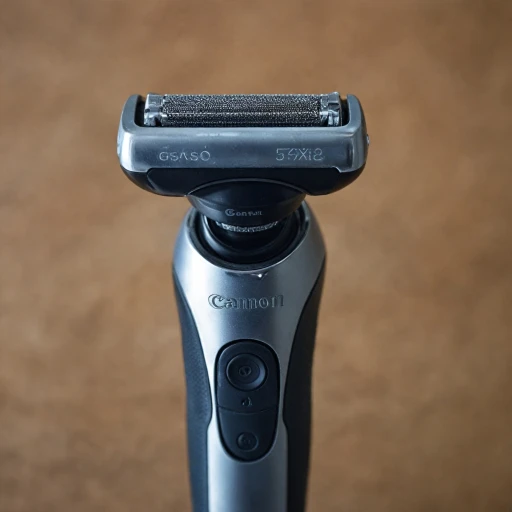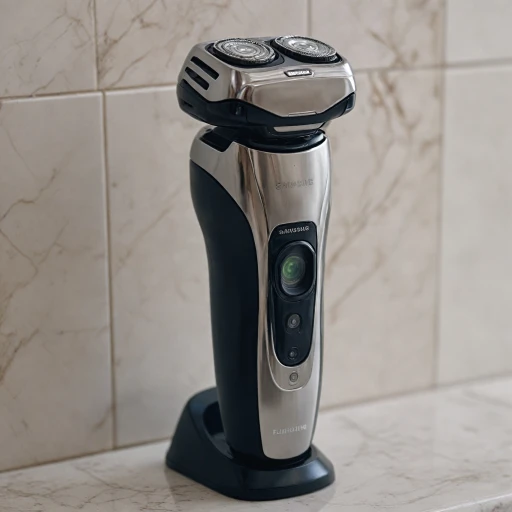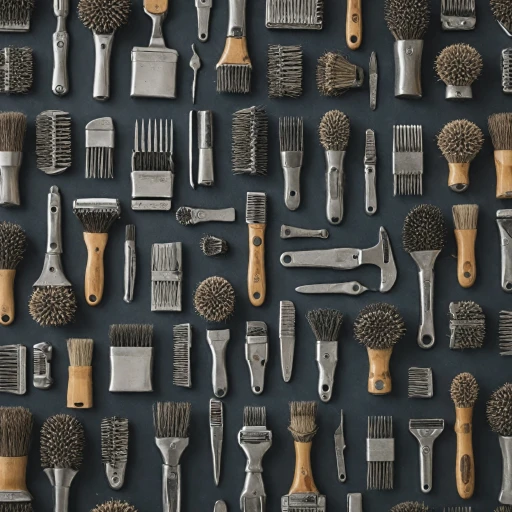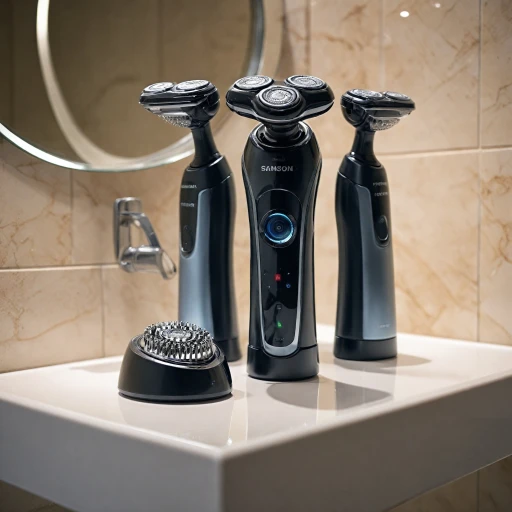
Types of Shaver Blades
Exploring Different Blade Types
When it comes to electric shavers, understanding the types of blades available can significantly enhance your shaving experience. The choice of blade affects not only the quality of the shave but also the comfort and efficiency of the process. Here's a quick view of the most common types of shaver blades you might encounter:
- Foil Blades: These blades are covered by a thin, perforated layer of metal that captures hair. Known for providing a close shave, foil blades are ideal for those who prefer a smooth finish. Brands like Philips Norelco offer models with multiple foil blades for a more efficient shave.
- Rotary Blades: Featuring circular heads that move in a spinning motion, rotary blades are perfect for navigating the contours of your face. They are particularly effective for those with thicker or coarser hair.
- Single Edge Blades: These are often found in more traditional razors but are also available in some electric models. They provide precision and are great for detailed grooming.
- Pro Head Blades: Designed for professional-grade shavers, these blades offer advanced technology for a superior shave, often at a higher price point.
Each type of blade has its own advantages, and your choice should be based on your specific shaving needs and skin type. For more insights on enhancing your shaving experience, consider checking out Wahl replacement blades which offer innovative solutions for various shaving challenges.
As you explore these options, remember that the material of the blade also plays a crucial role in performance and durability. Stay tuned for more on this in the next section.
Materials Used in Shaver Blades
Exploring the Composition of Blade Materials
When it comes to electric shavers, the material of the blades plays a critical role in ensuring a smooth and efficient shave. Various materials are commonly used in the manufacturing of shaver blades, each offering unique benefits and impacting the overall price and durability of the product.
One of the most prevalent materials is stainless steel. Known for its durability and resistance to corrosion, stainless steel is a go-to choice for many manufacturers. This material, often found in products like Philips Norelco shavers, provides a reliable and precise shaving experience. Another advanced material making waves in the market is titanium. While not as common, titanium blades are renowned for their longevity and hypoallergenic properties, ideal for sensitive skin.
Shavers featuring ceramic blades are gaining popularity too. Ceramic's heat resistance minimizes discomfort during prolonged use, making it a favorable option for those with thicker hair or those seeking a closer shave. However, they may come with a higher price tag due to their specialized nature.
- Stainless steel: Durable, corrosion-resistant, common in Philips Norelco products.
- Titanium: Hypoallergenic, long-lasting, suitable for sensitive skin.
- Ceramic: Heat-resistant, provides a close shave, generally pricier.
When considering the replacement or replacement parts for your shaver, understanding the material makeup of blades can guide you to make an informed decision. Whether you're looking to buy replacement blades or complete head replacements, consider the material's impact on your shaving experience, durability, and skin compatibility.
Before you find the right shaver or replace blades, compare products based on reviews that evaluate the effectiveness and longevity of the materials used. This ensures you get a product that not only meets your shaving needs but also offers the best value and performance based on reviews from real users.
How to Maintain Your Shaver Blades
Essential Tips to Keep Your Shaver Blades in Top Condition
Maintaining your shaver blades is crucial to ensuring a smooth and efficient shave every time. Proper care can extend the lifespan of your blades, providing value for the price you paid. Here are some steps to maintain your razor blades and keep your electric shaver in optimal condition.
- Regular Cleaning: After every shave, make it a habit to clean your shaver thoroughly. Remove the shaving head and rinse it under warm water to wash away any hair and trapped dirt. Some models, like Philips Norelco, offer waterproof devices, making it even easier to keep them clean. For other models, refer to the product’s manual.
- Brush Away Residues: Use the small cleaning brush often included in the replacement blades pack to brush away any remaining hairs from the nooks and crannies of the shaving heads. Remember, free residues can lead to dull blades.
- Disinfect with Alcohol: Occasionally, it’s beneficial to disinfect the blades using a gentle, alcohol-based solution. This step helps in preventing skin irritation or infections and keeps the razor fresh and ready.
- Lubrication: To maintain the performance of stainless steel blades, apply a drop of oil (as mentioned in the razor’s manual) to the blades. This reduces friction and increases the efficacy of each shave.
- Storage: Invest in a protective case or pouch to store your electric shaver [exploring the convenience of electric shaver pouches] when not in use. This prevents any accidental damage to the blades and keeps them sharp for longer.
- Head Replacement: Keep track of the shave count and the star ratings when considering when to compare or buy replacement blades. Based on reviews, some electric shavers may require more frequent replacement heads to maintain performance.
Following these simple maintenance tips will ensure that your electric shaver provides a quick, comfortable, and efficient shave every time. Don’t forget to regularly inspect the blades and consult customer reviews based assessments to determine if a replacement blade might be needed sooner than expected.
Signs It's Time to Replace Your Shaver Blades
Indications Your Shaver Blades Need Replacement
One of the key aspects of maintaining an efficient shaving routine is knowing when to replace your shaver blades. Over time, even the best razor blades can become dull, covered in residue, or develop rust, particularly if they're not made of top-quality materials like stainless steel. Recognizing the signs that your blades require replacing can save you both time and discomfort. Here are some indications to look out for:- Dullness in Performance: If you've noticed that your shave isn't as smooth as it once was or your electric shaver is pulling or tugging at hair, these are clear signs that your blades have dulled.
- Increased Skin Irritation: A sharp blade should glide effortlessly over your skin. If you're experiencing more razor burn, bumps, or redness than usual, it might be due to a worn blade.
- Noticeable Damage to Blades: Examine your shaver carefully for nicks or bent teeth in the razor blades or the shaver head. Any visible damage necessitates immediate replacement to prevent further issues.
- Physical Wear and Tear: Over time, regular use contributes to wear. Check whether the electric shaver blades pack or replacement heads you've been using show signs of excessive wear or residue build-up.
Choosing the Right Shaver Blades for Your Skin Type
Selecting Shaver Blades Suitable for Your Skin Type
When searching for the ideal electric shaver blades, understanding your skin type is key. Choosing the right blades will not only enhance your shaving experience but also prevent irritation and razor burns.- Sensitive Skin: For those with sensitive skin, it's best to opt for blades specifically designed to minimize friction. Look for shavers with hypoallergenic stainless steel blades that offer a smoother glide.
- Normal Skin: If your skin isn't prone to irritation, you might benefit from blades with a balanced sharpness. These blades provide a close shave without being too aggressive, suitable for daily use.
- Thick Hair: Some individuals with coarse or thick hair may need blades that can handle the extra work. Consider buying shavers with high-speed motors and robust blade constructions, like those offered in certain Philips Norelco models.
